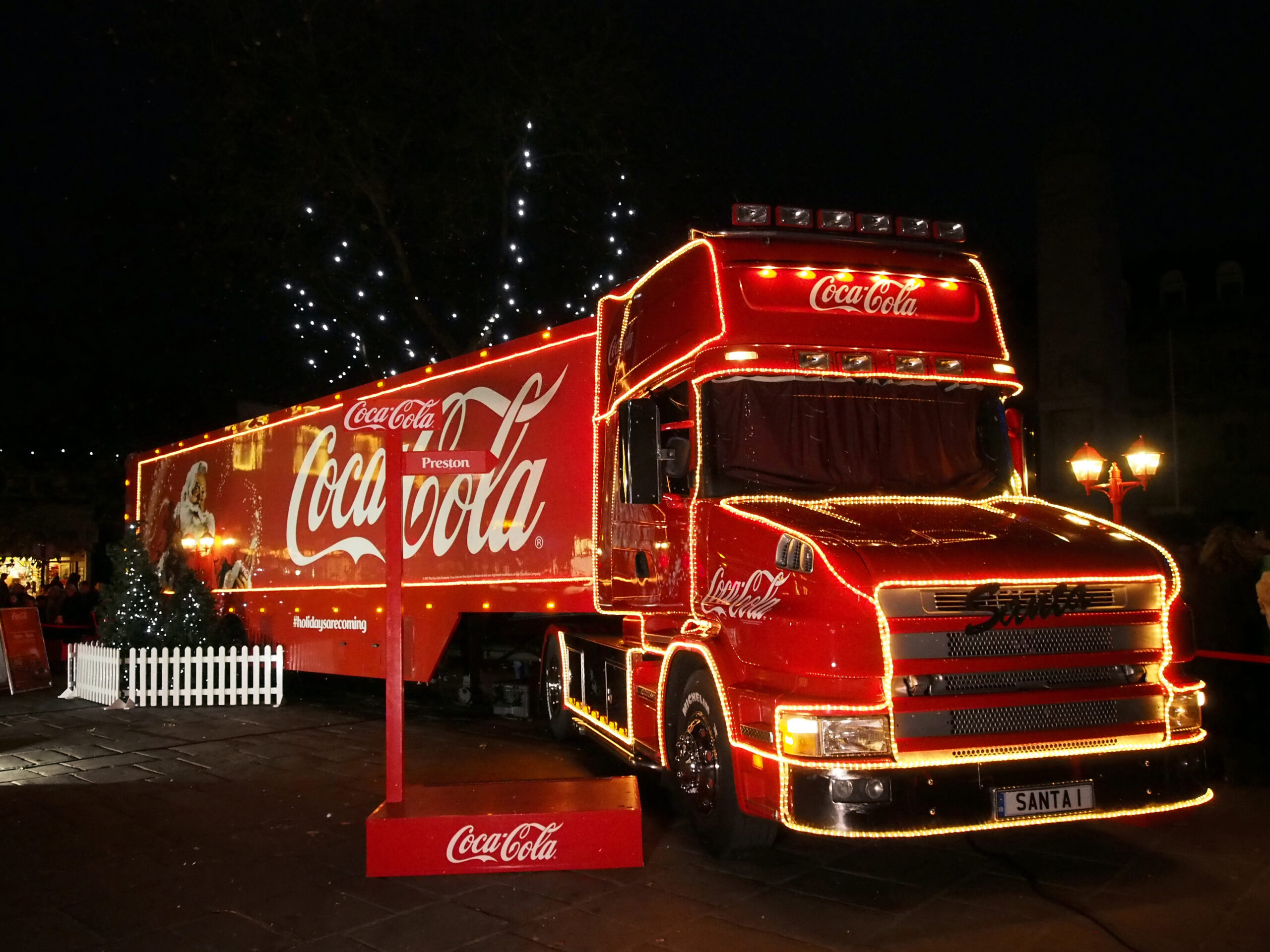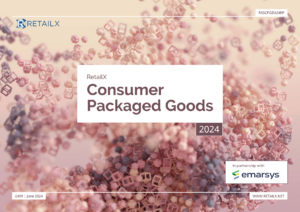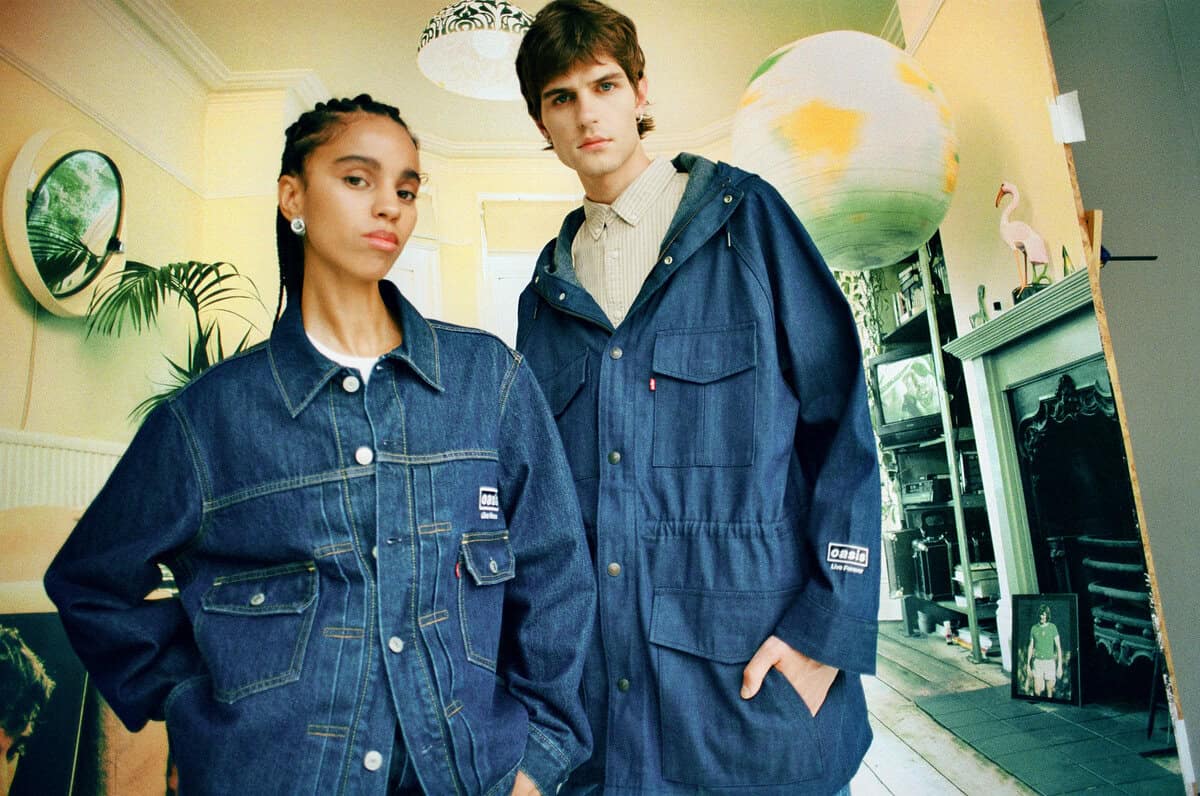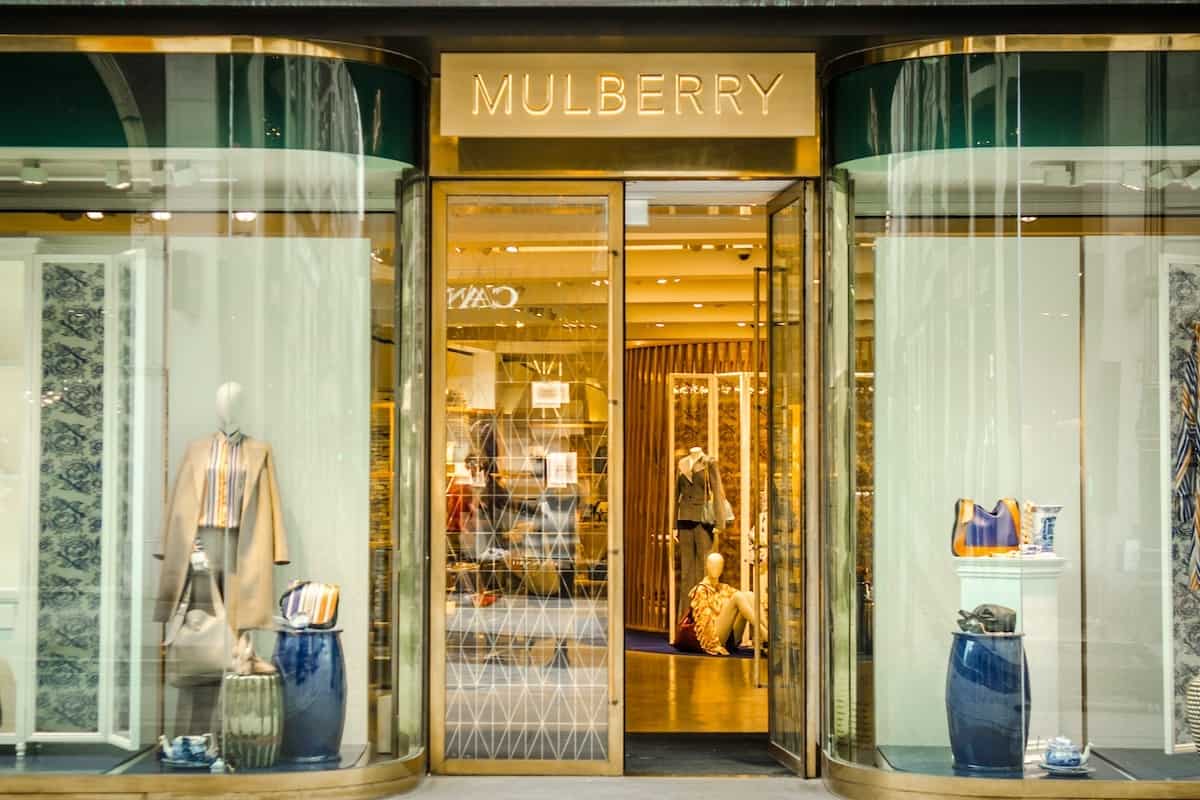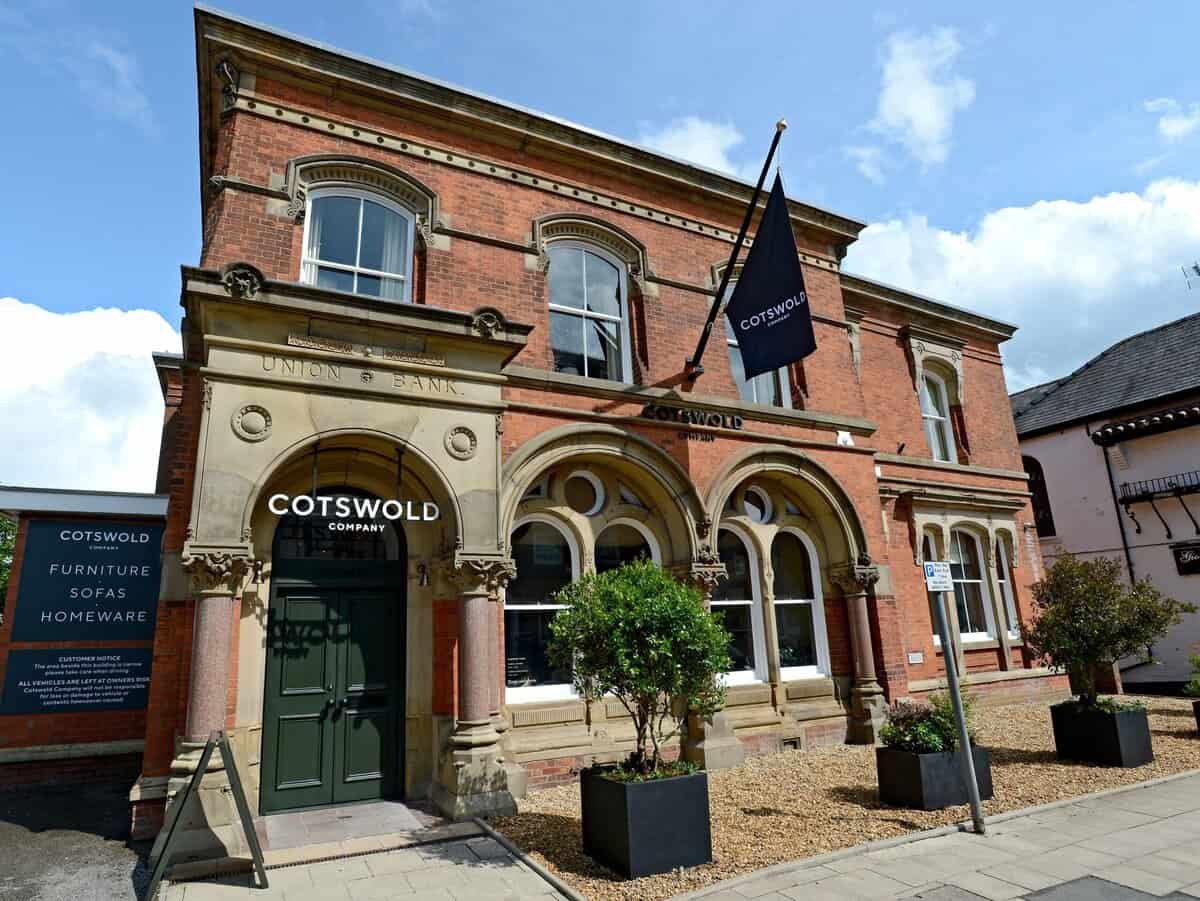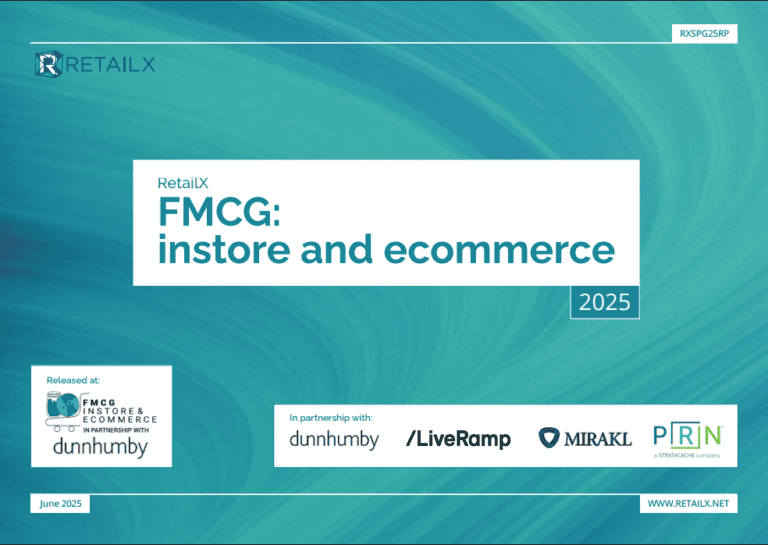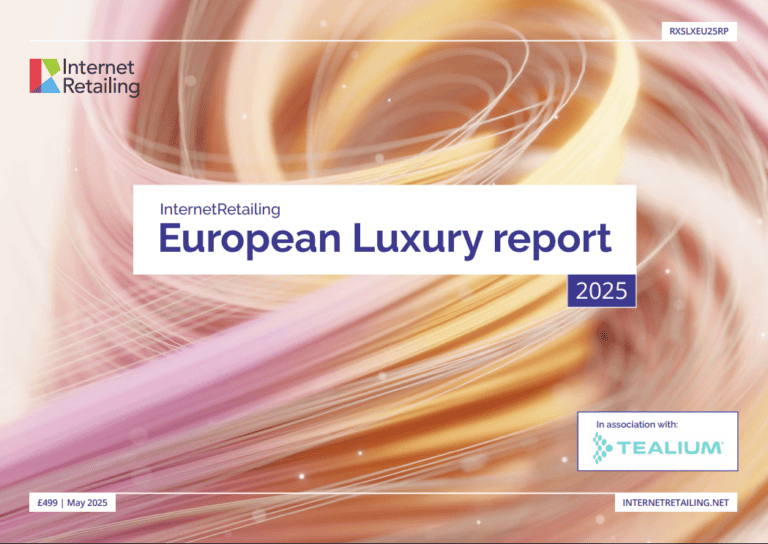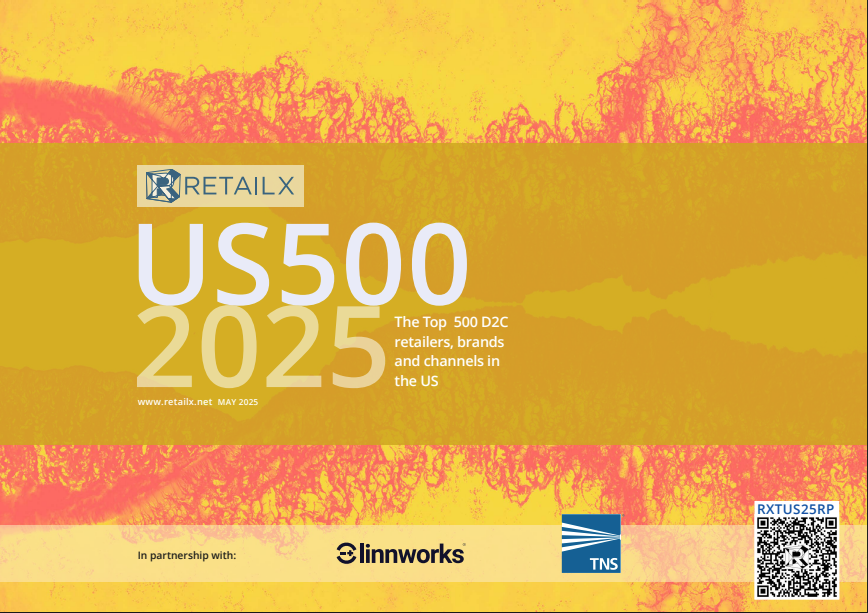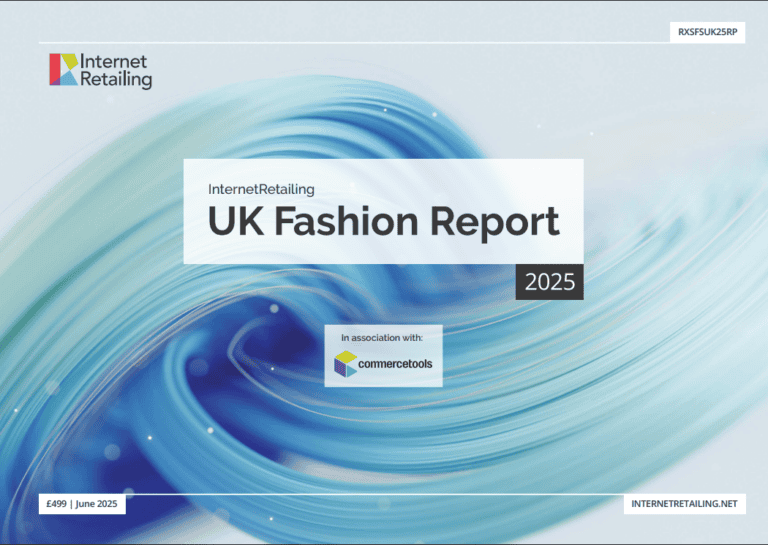As the Coca-Cola Christmas truck tour comes to an end, the Consumer Packaged Good 2024 report looks at how Coca-Cola became one of the few truly global, truly ubiquitous brands.
Coca-Cola reigns supreme in the European CPG market and dominates the beverage segment therein. Coca-Cola’s core product, the namesake Coca-Cola drink, is a global phenomenon – it is estimated that it sells 1.9bn servings globally each day and that 10,000 drinks from the company are consumed each second.
However, its European portfolio extends far beyond the iconic red can, with the company having diversified and expanded within the beverage sector to great effect through new product launches, acquisitions and partnerships. These include, but aren’t limited to, a range of Coca-Cola branded drinks – including Coke, Coke Zero and Diet Coke – along with Fanta, Sprite and Dr Pepper.
It also sells juice drinks such as Minute Made and Tropico, alongside water brands BonAqua and Aquarius. In 2014 it bought a 16.7% stake in Monster Beverage for $2.15bn and moved all its energy drinks into the Monster brand. It has also tapped into the burgeoning tea and coffee market, buying Fuze Tea in 2007 for $25mn and then acquiring Costa Coffee for $4.9bn in 2019.
This expansive portfolio caters to various tastes and preferences, allowing Coca-Cola to capture a significant share of the European beverage market. In fact, the company boasts near-ubiquitous market presence across Europe, operating in virtually every European country with a strong presence in major markets like the UK, Germany, France, Spain and Italy.
This extensive reach – which ensures its products are readily available to European consumers everywhere – is facilitated not just by owning a vast array of well-known drinks brands, but also through its extensive distribution network.
Here, the CPG company leverages its market power to form partnerships with retailers large and small, wholesales and distributors, food service and hospitality companies, as well as selling some of its products D2C. This multi-channel approach allows Coca-Cola to meet consumers wherever they choose to shop or dine.
And this reach is seen in its financial results. In 2023, the company’s global revenue exceeded $49bn, with Europe contributing a significant portion. Europe remains a key growth market for the company, with consistent year-on-year revenue increases.
The success of the company comes down to brand recognition. Coca-Cola is one of the most recognisable – and valuable – brands in the world. Its iconic logo, red can, and marketing campaigns have cemented its position in pop culture, translating into unparalleled brand loyalty.
However, a valuable lesson can be learned from the company – it also leverages local relevance. While maintaining a strong brand identity, Coca- Cola tailors its marketing and product offerings to local preferences in European markets. This adaptability strengthens its connection with diverse consumer bases.
This is one of 12 case studies in the first RetailX Consumer Packaged Goods report.
In the full report we look at the underlying market for CPG goods in Europe, how each part of the often complex supply chain has to change to meet these new demands and what that means for a raft of key players in the sector.
Drawing on market data, consumer surveys and case studies, the report offers a snapshot of where the European CPG market is today, where it has come from and, crucially, where it is heading.
Stay informed
Our editor carefully curates two newsletters a week filled with up-to-date news, analysis and research, click here to subscribe to the FREE newsletter sent straight to your inbox and why not follow us on LinkedIn to receive the latest updates on our research and analysis.
